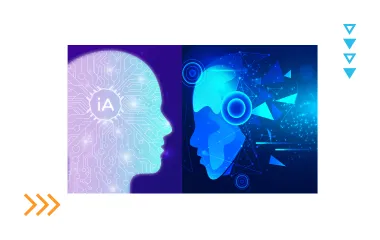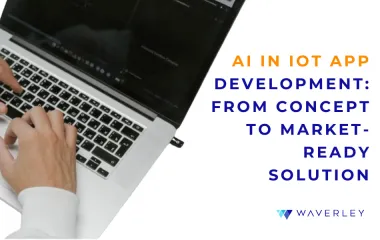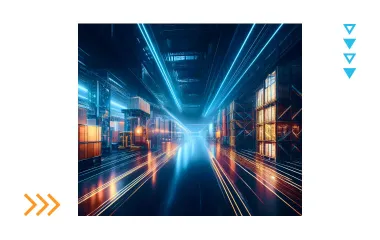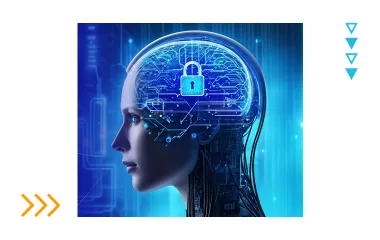AI-Assisted Engineering: Improving the Future of Software Development
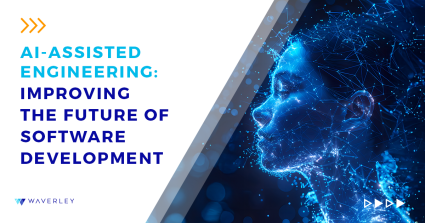
The software industry stands at a turning point. Artificial intelligence is no longer a futuristic idea — it’s a practical, daily companion for developers. From helping generate code to optimizing system design, AI-assisted engineering is accelerating innovation, improving quality, and reshaping how teams build technology.
But this evolution also raises new questions: How much should we rely on AI? How do we preserve creativity, security, and accountability when machines are writing code alongside humans?
This white paper explores the impact, opportunities, and future of AI-assisted engineering, and how forward-thinking organizations can harness it responsibly to drive transformation at scale.
Contents
- Introduction: A New Era of Software Creation
- Defining AI-Assisted Engineering
- How AI Assists in Coding and Development
- What to Watch Out for When Using AI-Assisted Engineering
- AI Tools for Better Engineering
- The Future of AI-Assisted Coding
Introduction: A New Era of Software Creation
The way we build software has changed dramatically over the last decade, and even more so over the previous five years. Agile transformed processes, cloud computing expanded possibilities, and now artificial intelligence is redefining what’s possible in engineering.
AI-assisted tools, like GitHub Copilot, ChatGPT, or Claude, are becoming digital teammates that understand context, learn patterns, and propose intelligent solutions. Developers no longer start from a blank screen; they begin with a conversation.
This shift isn’t just about efficiency. It’s about amplifying human potential — freeing engineers from repetitive work so they can focus on innovation, architecture, and problem-solving. AI-assisted engineering is not replacing developers; it’s empowering them to build faster, smarter, and better.
Defining AI-Assisted Engineering
At its core, AI-assisted engineering refers to the use of artificial intelligence to support, enhance, and streamline the software development lifecycle — from design and coding to testing, deployment, and maintenance.
Unlike traditional automation, which follows predefined rules, AI systems learn from vast datasets of code, documentation, and user interactions. They adapt to individual developer styles, detect inefficiencies, and continuously improve their recommendations.
Core capabilities include:
- Code generation & completion: Suggesting or writing entire functions based on natural language prompts.
- Error detection & debugging: Identifying vulnerabilities or logic flaws in real time.
- Automated testing: Creating and executing test cases to ensure robustness.
- Documentation & explanation: Summarizing complex code into human-readable language.
- Design optimization: Recommending architectures and patterns for scalability and performance.
AI-assisted engineering is more than a productivity boost — it’s an evolution in how we think about code.
How AI Assists in Coding and Development
AI’s role in engineering spans across multiple dimensions:
Expertise Power-Up
AI-assisted coding helps engineers extend their domain and technology expertise quickly and effectively. Live code suggestions, contextual guidance, and good examples reduce the learning curve and improve understanding of new languages and frameworks.
Code Generation and Completion
AI can generate code snippets or entire modules based on user intent. A written prompt can yield an initial functional framework in seconds. It also speeds up development by automating repetitive coding tasks, suggesting best practices, and reducing errors, allowing engineers to focus on more complex and creative tasks.
Engineer’s Stack Expansion
AI enables back-end and front-end engineers to go beyond coding. An engineer can now handle basic DevOps tasks, such as easily creating simple Terraform tasks or executing configuration activities, among other examples.
Quick PoC Code
When you need to validate an idea and deliver low-level code promptly quickly, AI-assisted coding is the way to go. With AI, you can easily validate an idea with next to zero investment.
The Swiss knAIfe
Using AI-assisted approaches, engineers can become the Sheevas of Programming: they can create multiple small utilities and plugins that help them optimize their workflows, both hard- and soft-skills related.
Better Edge Case Coverage
AI helps engineers to unravel hidden pitfalls. When discovered, edge cases can be addressed with AI-assisted coding, as they typically require only a few code tweaks. The result? Teams deliver high-quality code faster — with higher reliability and minimal investment.
What to Watch Out for When Using AI-Assisted Engineering
Despite the clear benefits, integrating AI into the development workflow requires awareness and caution.
Data Security and Intellectual Property
AI models trained on public repositories can inadvertently reproduce licensed or proprietary code. Teams must use enterprise-grade solutions with transparent data policies and proper code tracing.
Accuracy and Reliability
Different ML models are trained using code from very different domains. For example, at Waverley, we have discovered that some of the models do not know the most basic principles of robotics-related coding. This makes human oversight essential to validate knowledge and outputs.
Cost
Cost is often a factor when discussing the most sophisticated AI-assisted coding tools that deliver truly good code quality. This makes AI-assisted coding more reasonable for mid- and long-term projects with an above-average tier of engineering sophistication.
Bias and Ethics
AI reflects the data it’s trained on — including biases, bad practices, and outdated conventions. Ethical coding guidelines and human supervision must remain central.
Skill Dependency
Overreliance on AI may hinder the development of critical problem-solving and architecture skills, especially for junior engineers. AI should augment, not replace, human expertise.
Not for All Tasks
Waverley’s practical experience has shown that AI-assisted coding is not suitable for integration tasks, mathematical tasks, CMS-based projects, no-code, and low-code projects. While things may change as ML models advance, we’re not there yet. The goal is not blind adoption — it’s responsible integration.
AI Tools for Better Engineering
The ecosystem of AI tools is expanding rapidly, covering nearly every stage of the development lifecycle:
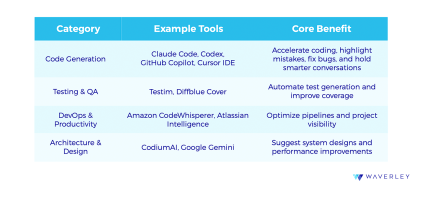
For organizations exploring adoption, it’s crucial to choose tools that integrate securely, align with team workflows, and provide traceable, explainable outputs.
The Future of AI-Assisted Coding
AI-assisted engineering is still in its early chapters. The next phase will go beyond assistance — into true collaboration.
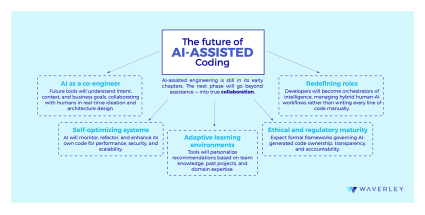
In short: the best engineers of tomorrow won’t just use AI — they’ll design with it.
Let’s Start Building Smarter, Together
AI-assisted engineering represents a paradigm shift in how software is created. It democratizes coding, accelerates innovation, and amplifies human creativity. But its success depends on one critical factor: responsible adoption.
Organizations that balance innovation with governance — and empower their teams to collaborate intelligently with AI — will lead the next generation of digital transformation.
The future of engineering is not human versus machine. It’s human with machine—building better, faster, and smarter together.
Ready to start your AI-assisted engineering?

